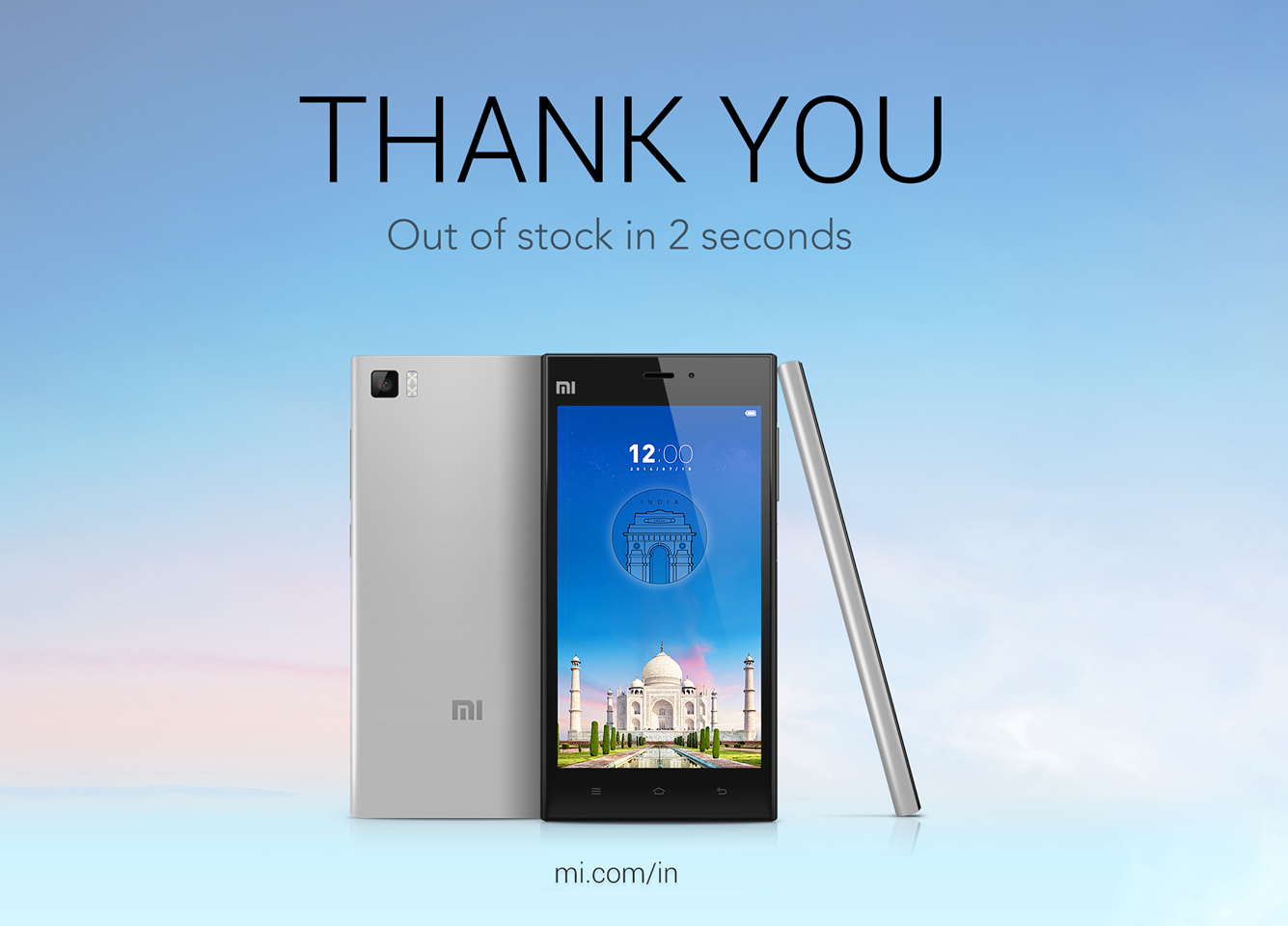Till a few years back, phones selling under 15k were all powered by MediaTek SoCs (There simply was no Snapdragon powered phone under 15k), came from domestic manufacturers like Xolo, Lava, and Micromax, and usually celebrated one particular hardware specification compromising on the rest.
The influx of Chinese players has completely altered the budget space by marketing specs like class leading octa-cores, Snapdragons’, 4GB RAM, and metal unibodies for unprecedented prices.
For the last couple of years, manufacturers have been busy running in a rat race, superseding each other and sticking to formulas that work and consumers have been reaping benefits of these cut-throat budget price wars.
But the era of cheap phones is now coming to an end.
Of course, the demand and market for low-cost alternatives and entry-level Android phones shall remain, but the affordable mid-range phones with ‘Disruptive Price’ won’t be celebrated in the limelight and talked about with as much enthusiasm as has been the case over the past two to three years.
It all began with Moto G….
Though Xiaomi deserves the credit for revolutionizing online Indian smartphone market, Moto G was the first online exclusive phone that ushered in the revolution. Back then, Google-owned Motorola was making a comeback with the first ever device that assured of an experience exceeding the on paper specifications.
Also Read: More and More Online Exclusive Brands Are Heading Offline
For Motorola, the online route was the only option as it had already forfeited its offline presence when it shut shop in India, and surprisingly the Moto G was extremely well received. Even though Motorola couldn’t have much stock at the start (they sold 3million units in 10 months) the Flipkart servers repeatedly crashed and the online stampede ensured that it was perpetually making headlines.
This is what opened the online route for Chinese players in India and they came pouring in.
Xiaomi’s business model was to keep prices as low as possible. This included selling devices directly to consumers online, using a flash sale model to reduce the risk involved and to have longer launch cycles in order to benefit from bulk pricing on components.
This worked wonders for the company, and Xiaomi even became the third largest Smartphone manufacturer in the world in 2015 without even stepping outside Asia!
Also Read: The “Heating Issues” Go Deeper Than What You Might Imagine
The business model was, however, soon copied and replicated by a number of Chinese players in India and in China. Many companies like Micromax, Lenovo, and Huawei even launched exclusive online brands (Yu, Zuk, and Honor). Manufacturers were competing fiercely to cram the best possible specs at lowest possible prices and it became increasingly difficult to differentiate one from another.
Price wars intensified to an extent where it was no longer feasible for online players to compete at razor thin margins in the very sensitive online market and things kind of imploded.
Xiaomi continues to do well in India, but in China, competitors like Huawei, Oppo, and Vivo have already surpassed it and have an average handset retail cost of $300. Xiaomi’s market share has reduced to about half of what it used to be and the average phone retail cost is about $180. India is now their biggest international market and this is where they want to expand their offline presence.
Manufacturers aren’t inclined to play the price game anymore
Established online players are no longer inclined to play the price game anymore. The most popular online options like Moto G series and flagship killers from OnePlus aren’t cheap in 2017.
LeEco created havoc with its disruptive pricing but eventually fizzled out, Asus is no longer selling its Zenfones at cost and is rather more interested in a piece of offline pie, after a dormant period Micromax is making its comeback with a 25K phone that will retail offline, the Moto G series has broken the 15K barrier and the 32GB storage variant of the Moto G5 Plus has been priced at 16,999 INR, the OnePlus 3T starts at 30,000 INR (also, OnePlus is no longer interested in mid-budget phones like OnePlus X), and upcoming Nokia phones will also adhere to offline market pricing and distribution.
Even Xiaomi, the flag bearer for online exclusive phones globally, is now expanding aggressively and wants 50 percent of its revenue to come from the offline sales. Lenovo, the other leading online brand already have a well established offline ecosystem.
Consumer behavior is changing as well….
At the same time, increasing dependence on Smartphones has motivated buyers to spend more on these hand-held gadgets, especially the second time buyers. And online exclusive phones, which are depended on online hype and sensitive to online criticism, have mostly failed to lure in buyers for price segments above 20,000 INR.
Also Read: Specification wars have ultimately rendered spec-sheets meaningless
Consumers have been bombarded with specs for so long, that the spec-talk has almost lost all value. Unless you are a tech savvy consumer, which most people aren’t, all you will see is octal-cores, massive batteries, underwhelming 13 Megapixels, and Full HD displays at all price points.
The online community has always condemned offline players like Vivo, Oppo, and Gionee for their high prices. But over the last couple of years, they have all but proved that their strategy was right all along, and more and more manufacturer are now heading offline. On the other hand, offline players are showing no inclination to adopt online pricing.
Moving forward, there will be new entrants who would try to lure in customers with towering specs at competitive prices. But an era where consumers benefited from leading brands undercutting each other aggressively in the online space is now ending.
Manufacturers are asking more for their distinguished products irrespective of the existing cheaper alternatives, and more and more consumers are willing to pay.
